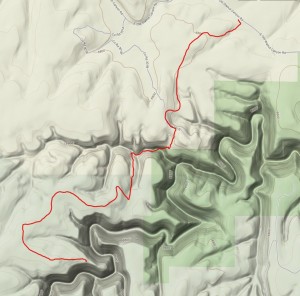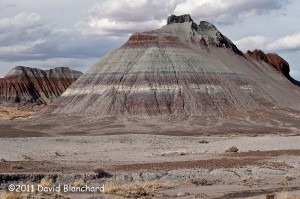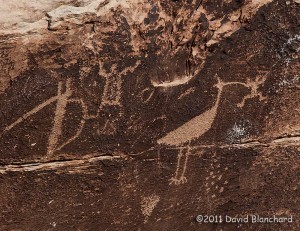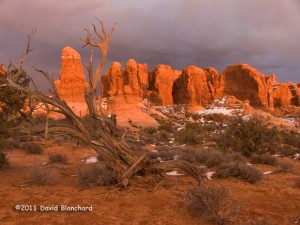I have always wanted to hike the Rim-to-Rim-to-Rim traverse of the Grand Canyon. That is, start at one Rim, hike down to the Colorado River, hike up to the opposite Rim, then reverse back to the beginning.
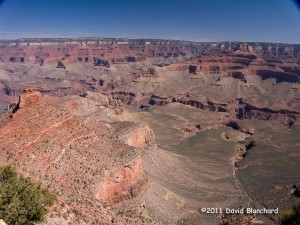
I’ve done a single traverse before from the North Rim to the South Rim but never the R2R2R as it’s called. On the other hand, my significant other has done it a couple of times and keeps asking me to join her. So last week we set out to walk (WALK, not RUN!) the R2R2R of the Grand Canyon. We started mid morning on the South Rim and descended the South Kaibab Trail. Being in no hurry, we took a comfortable pace so that we could actually enjoy the hike and scenery. The weather was pleasant: clear skies, breezy, a bit cool at the top and a bit warm at the bottom.
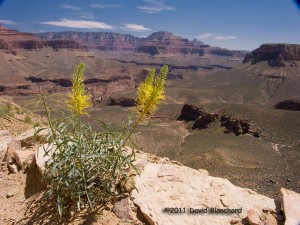
After a refreshing stop at Phantom Ranch where we had lunch and drank plenty of fluids we began the hike up the North Kaibab Trail to the North Rim. The last of the spring snowmelt was rushing down Bright Angel Creek and the roar of the water was loud enough to make conversation difficult. Crossing the stream would have been foolish but there is no need: all crossings have well- built bridges.

By the time we reached Cottonwood campground it was time to eat again and we had dinner as the sun slipped below the high walls of Bright Angel Canyon. The wind, which normally diminishes in the evening, became stronger. First it was annoying, then it became strong enough to blow dirt. Finally, as we were a mile or so above Roaring Springs, the wind nearly blew me off my feet. The sun had already set and it was quite dark as we climbed this part of the trail. It’s narrow with substantial cliffs on the side. The thought of being blown off my feet and… well, you know… was unnerving. So, with only about 3 1/2 miles to go, we decided to err on the side of safety and we turned back.
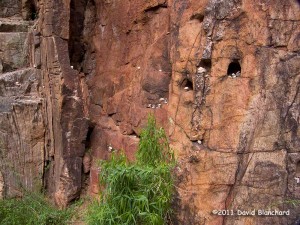
We walked in the dark until about midnight and then took a nap on a queen-sized flat rock. Never thought I could fall asleep on a rock but it was easy. I awoke to stare at the stars and listen to the thundering of the water in Bright Angel Creek. What a magnificent place to be! Just the two of us — and whatever wild creatures may have been watching us.
We walked back to Phantom Ranch and the Colorado River and then began the difficult climb back up South Kaibab Trail. About halfway up we had a magnificent sunrise. Not too much later we saw some long-distance runners heading downhill towards us. We chatted for a minute and gave them some information on trail conditions. And then they were off.
If we had done this a day earlier, we would have seen two women running R2R2R in an attempt to beat the “Fastest Known Time” for women on this trail. And they succeeded!
And just a few days later the record was broken again!
I’m happy to walk the R2R2R. Running not required.
